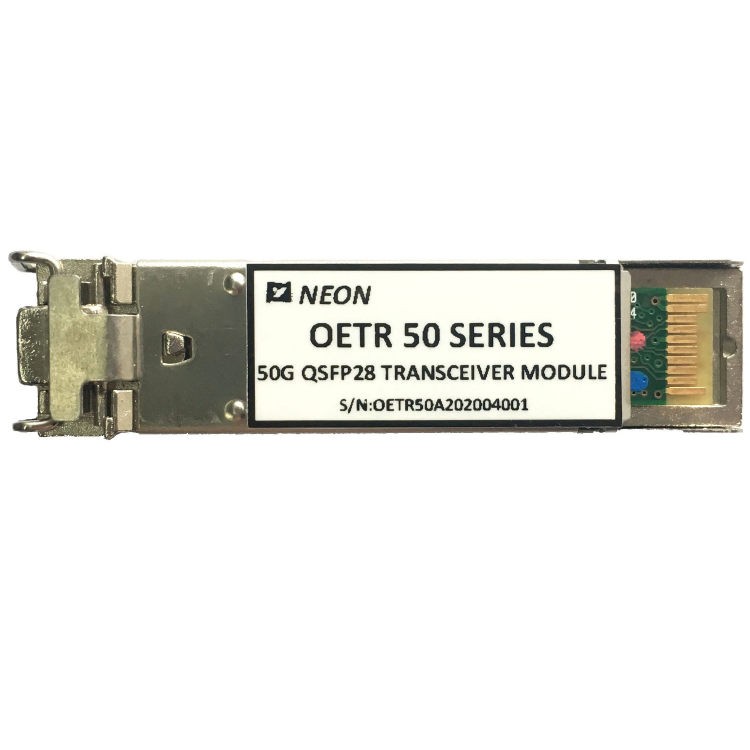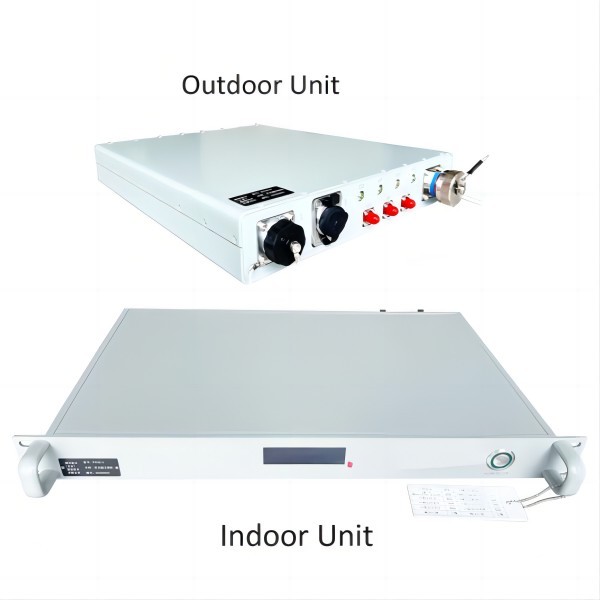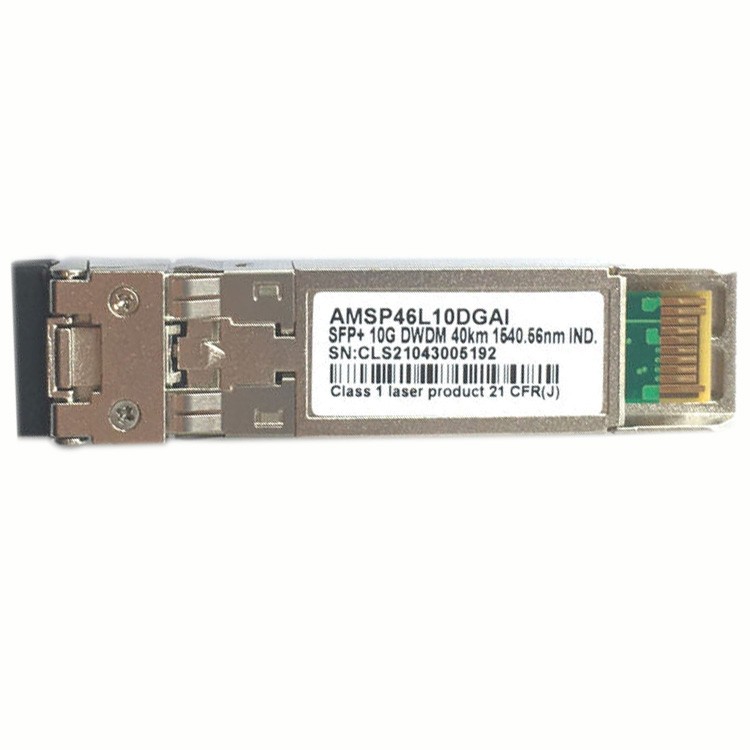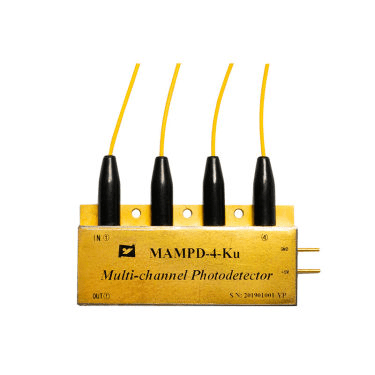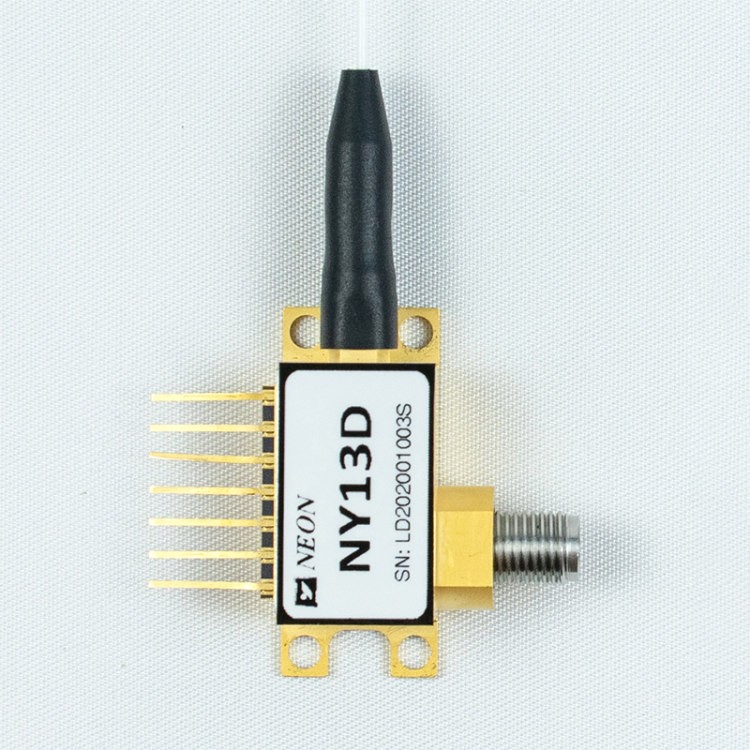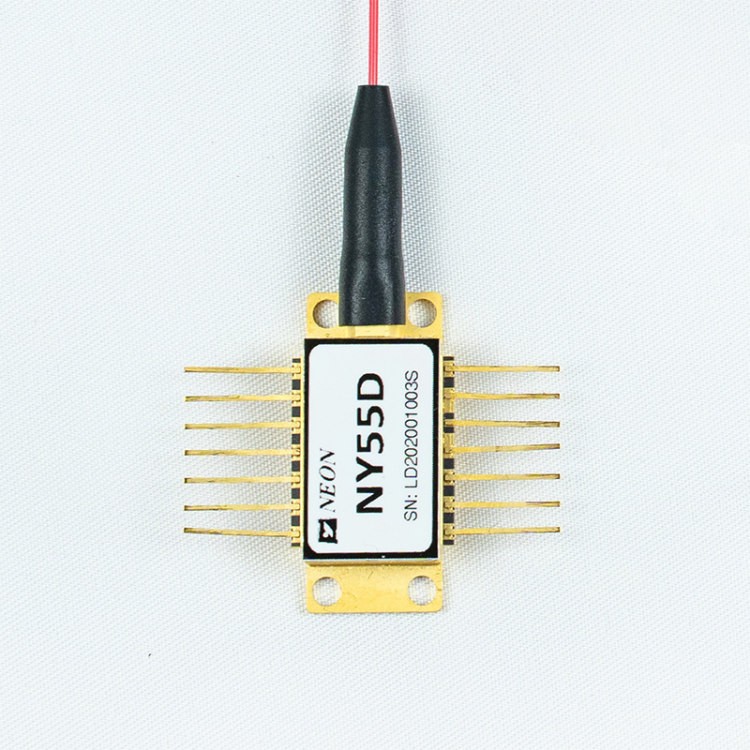Emerging Trends in Optical Transceiver Development
Optical transceivers are indispensable components within fiber optic communication networks, serving as the crucial interface that converts electrical signals into optical signals for seamless transmission and vice versa. In an era characterized by exponential growth in data transfer demands, keeping abreast of the latest developments in optical transceiver technology is of paramount importance. The relentless pursuit of higher speeds, enhanced power efficiency, miniaturization, multi-wavelength and multi-mode capabilities, improved reliability, and cost-effectiveness drives the evolution of optical transceivers. By embracing these emerging trends, the industry can meet the escalating requirements of modern communication networks and pave the way for a connected future.
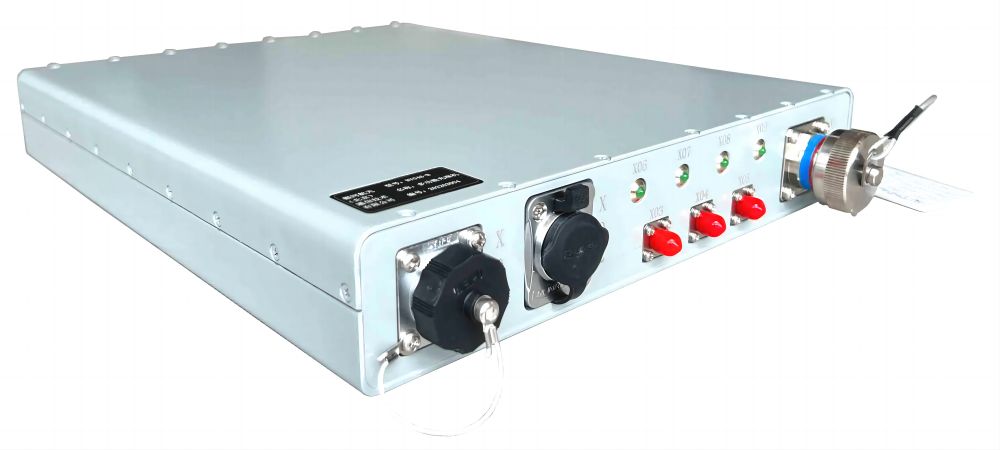
High-Speed Transmission
The current transmission rates achieved by optical transceivers have reached several hundred gigabits per second and even terabits per second. However, the need for higher data transfer rates persists. To meet this demand, the development of optical transceivers is focused on supporting even higher speeds. Research and innovation in photonic devices, modulation techniques, and advanced materials are paving the way for future optical transceivers capable of achieving unprecedented transmission rates.
Power Efficiency
Reducing power consumption in optical transceivers is a significant concern due to energy efficiency requirements and the rising costs of power. The industry is actively seeking solutions to enhance power efficiency while maintaining high-performance levels. Integrating advanced materials, optimizing design, and leveraging integrated circuit technologies are some of the strategies being employed to develop energy-efficient optical transceivers. These advancements not only address environmental concerns but also result in cost savings for end-users.
Miniaturization and Integration
The miniaturization and integration of optical transceivers have gained substantial attention. Smaller form factors and higher integration levels offer numerous benefits such as space savings, improved flexibility, and increased functionality. Miniaturized optical transceivers find applications in data centers, communication equipment, and consumer electronics. By combining optical and electronic components and leveraging cutting-edge packaging technologies, manufacturers can achieve high levels of integration, enabling the deployment of compact and efficient optical transceiver solutions.
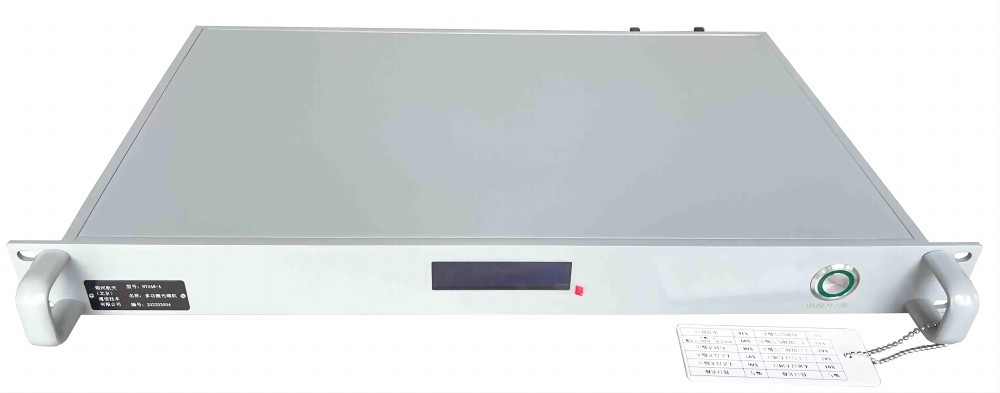
Multi-Wavelength and Multi-Mode Transmission
The demand for greater bandwidth and enhanced system flexibility has led to the development of multi-wavelength and multi-mode optical transceivers. These transceivers can simultaneously transmit multiple optical signals, enabling higher data transfer rates and accommodating different application requirements. However, implementing multi-wavelength and multi-mode transmission presents technical challenges. Ongoing research focuses on developing advanced modulation schemes, signal processing techniques, and wavelength-division multiplexing technologies to overcome these challenges and fully exploit the benefits of multi-wavelength and multi-mode optical transceivers.
Enhanced Reliability and Stability
Reliability and stability are critical factors in optical transceiver design. These components must perform flawlessly, even in harsh operating conditions and environments. Researchers are continually working on improving interference resistance and stability to ensure reliable operation. The integration of advanced signal processing algorithms, intelligent monitoring systems, and robust packaging techniques can enhance the reliability and stability of optical transceivers, making them suitable for complex communication environments.
Cost Effectiveness
As optical transceiver technologies advance and production scale up, the cost of these components is gradually decreasing. Economies of scale and mass production play a significant role in cost reduction. Additionally, the introduction of new manufacturing processes and materials leads to improved efficiency and cost-effectiveness. Lowering the cost of optical transceivers enables their wider adoption across various industries and facilitates the expansion of high-speed communication networks.

Conclusion
The development trends in optical transceivers are driven by the increasing demand for high-speed, power-efficient, and reliable communication systems. Advancements in technology continue to push the boundaries of optical transceiver capabilities, enabling higher data transfer rates, smaller form factors, and improved integration. Multi-wavelength and multi-mode transmission are enhancing the flexibility and bandwidth of communication systems. Additionally, the focus on power efficiency and cost-effectiveness ensure sustainable and affordable solutions. By staying informed about these emerging trends, we can harness the full potential of optical transceivers and unlock new possibilities in the world of fiber optic communication.


